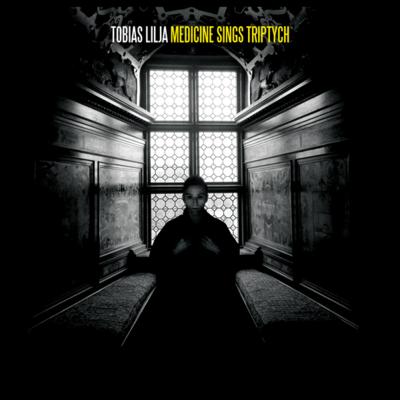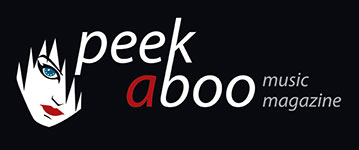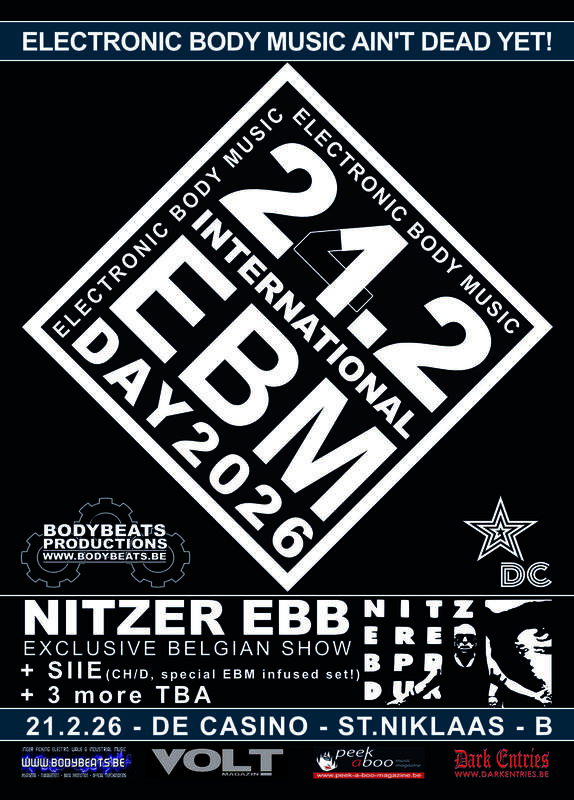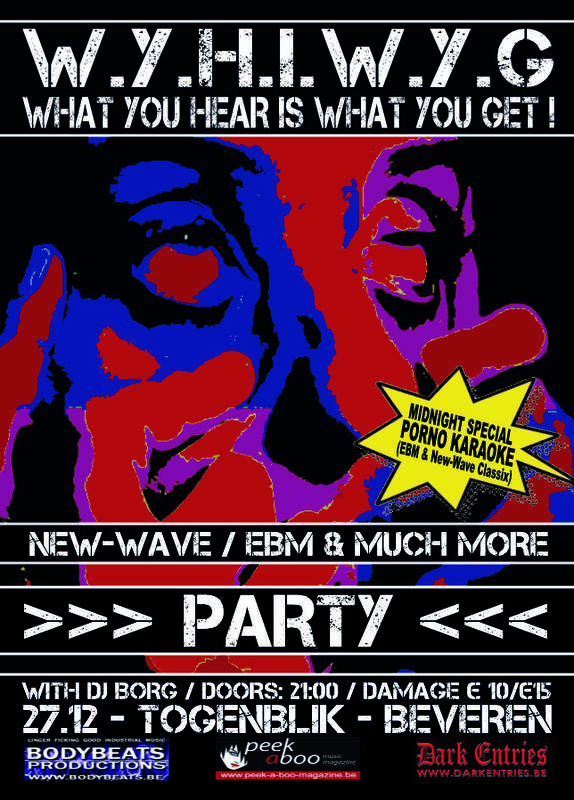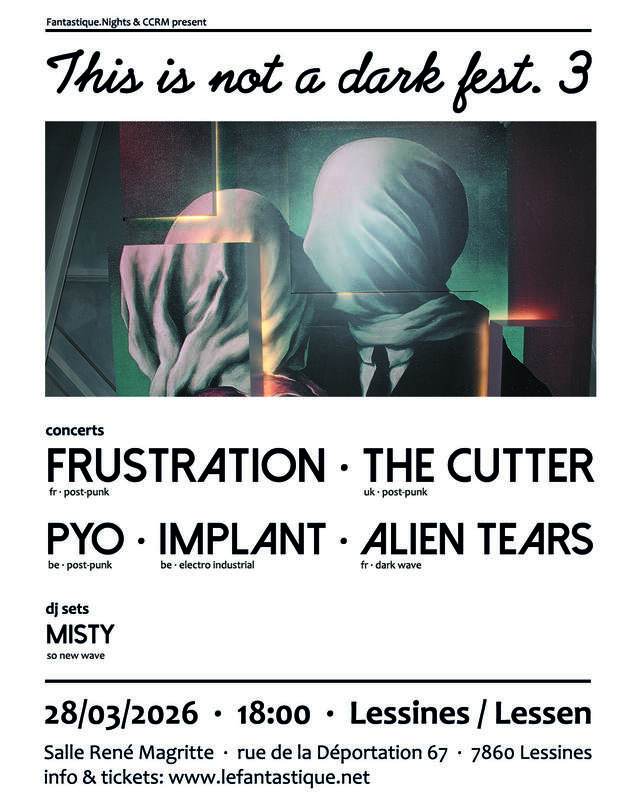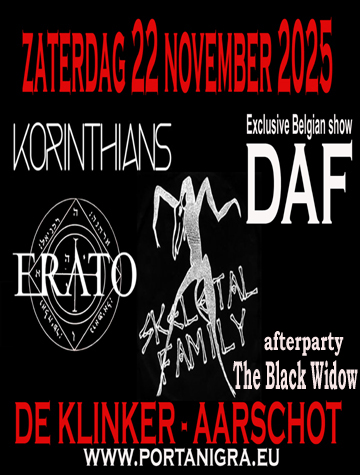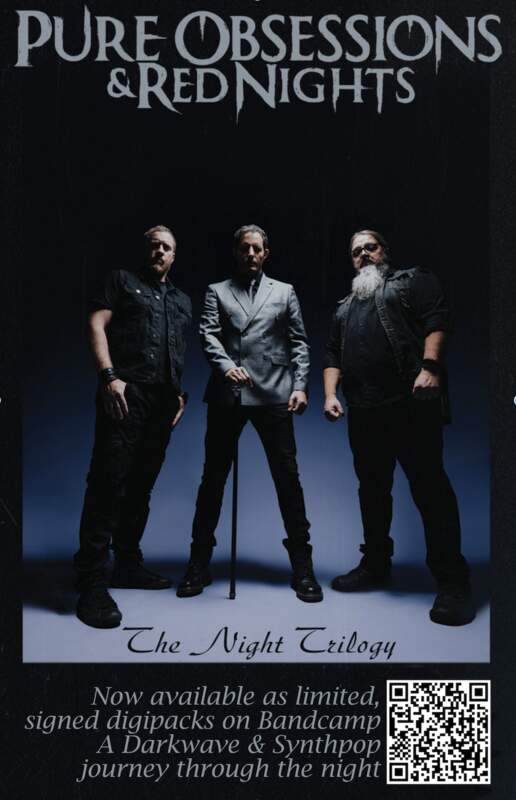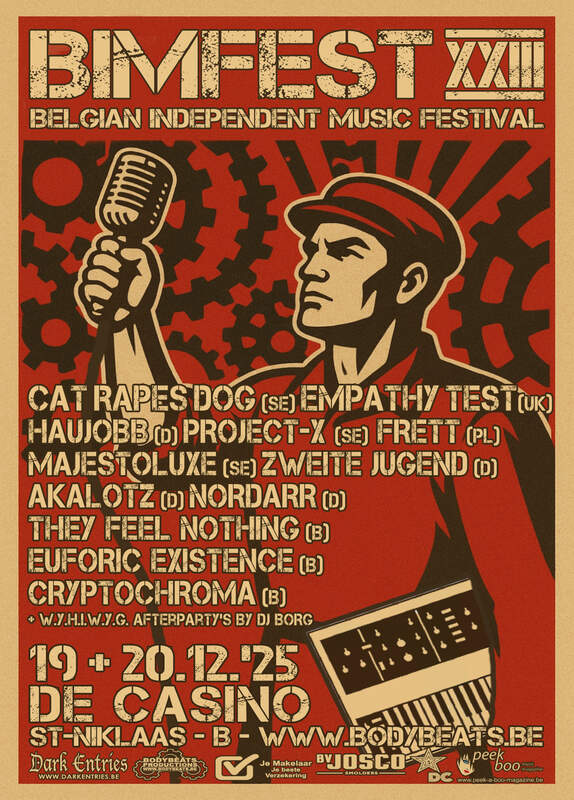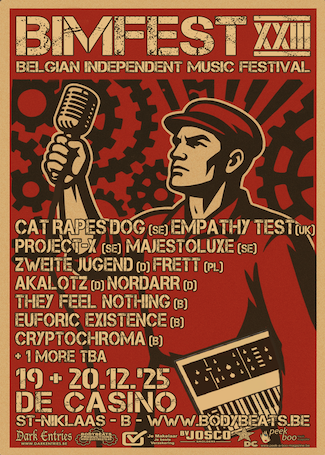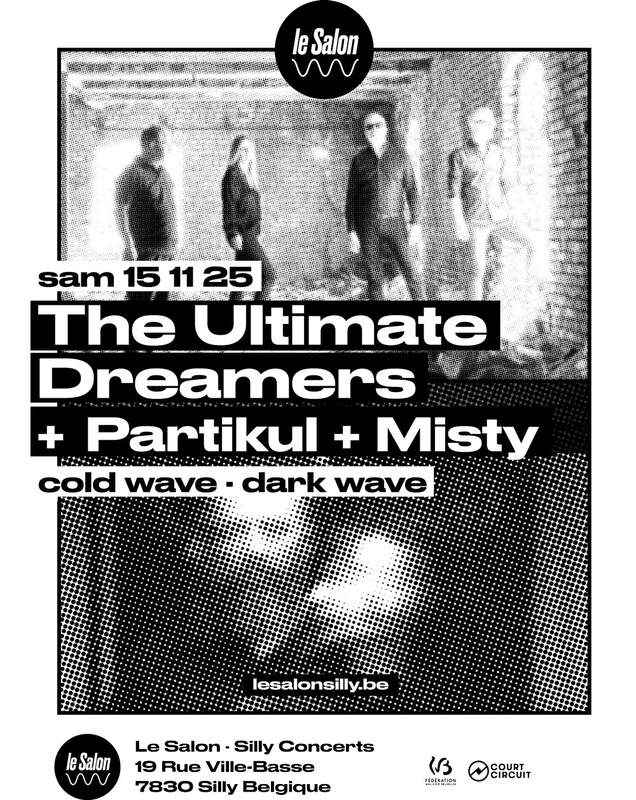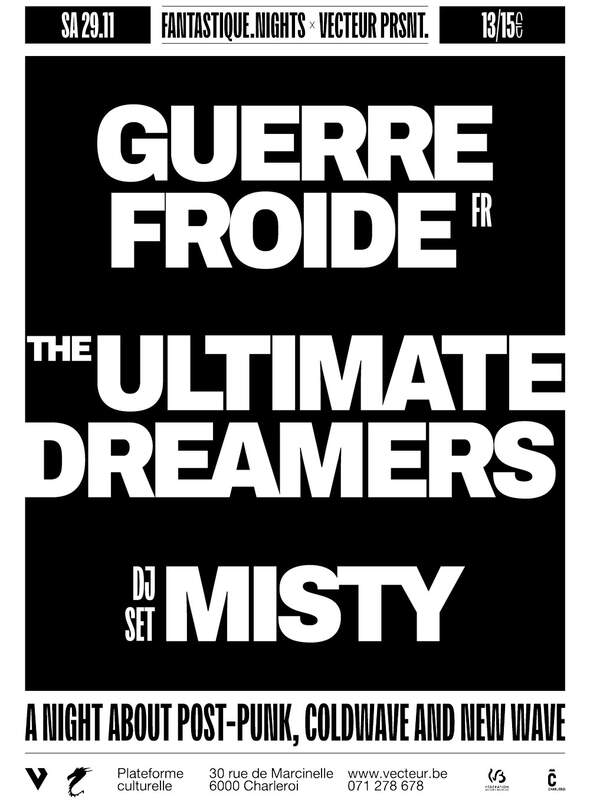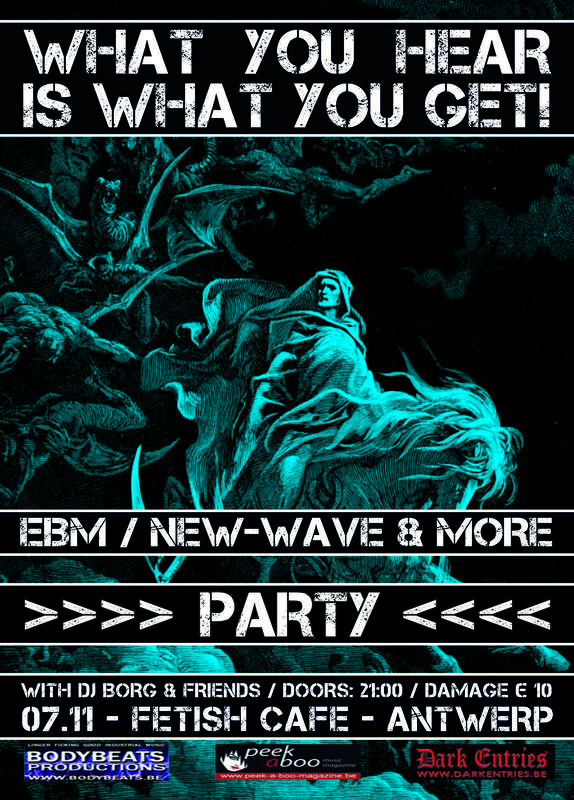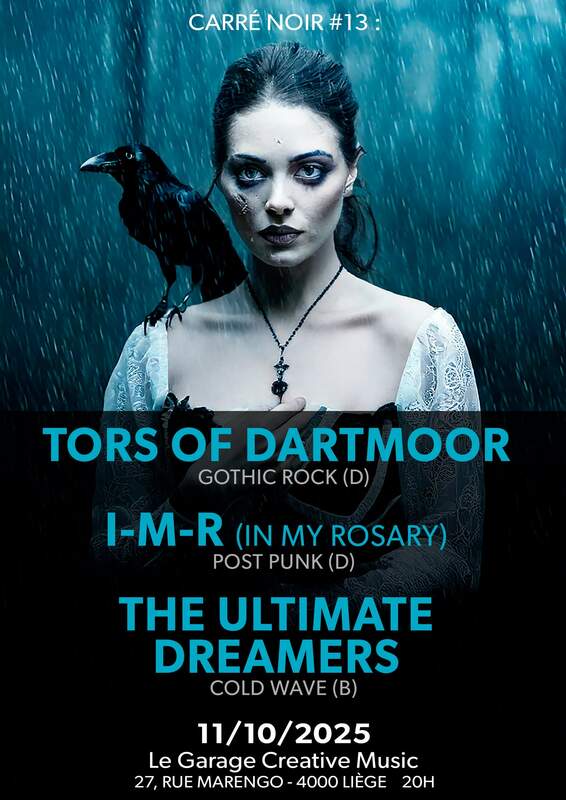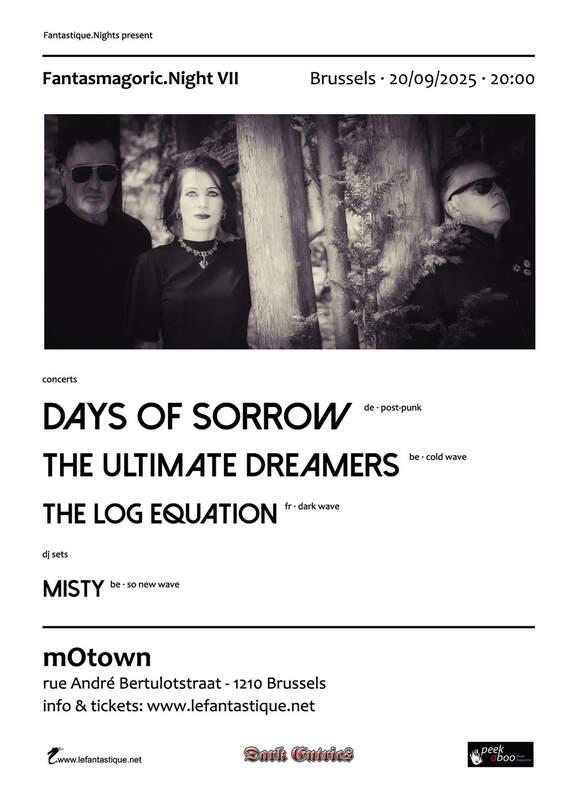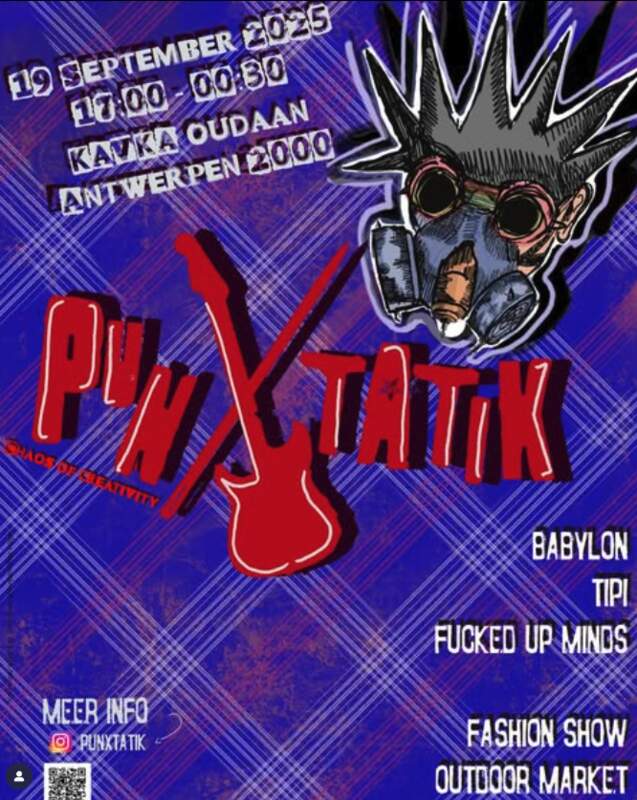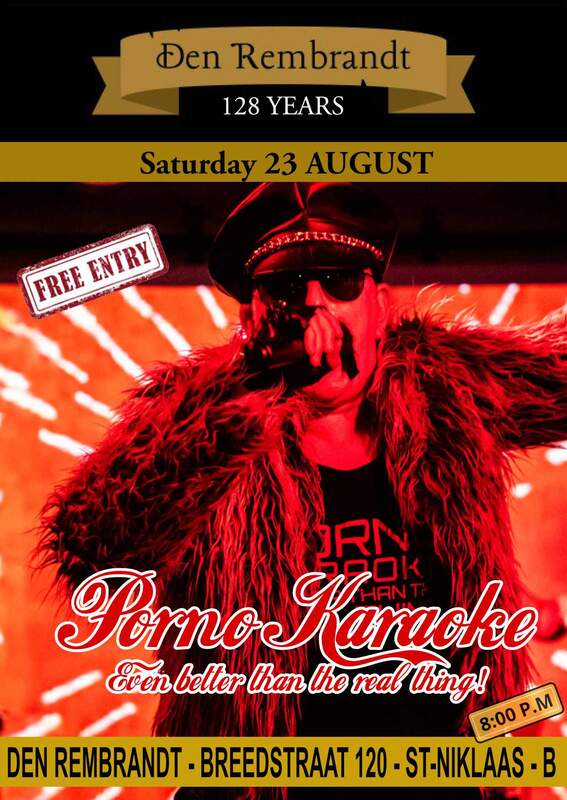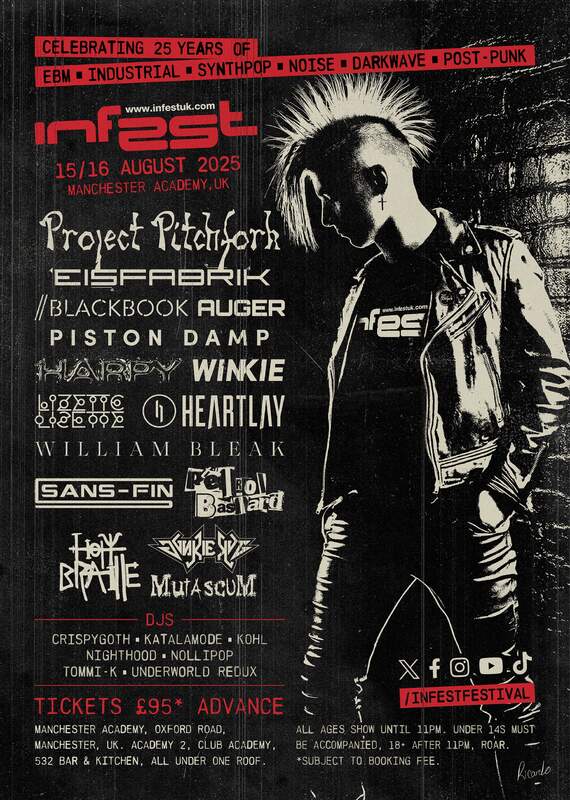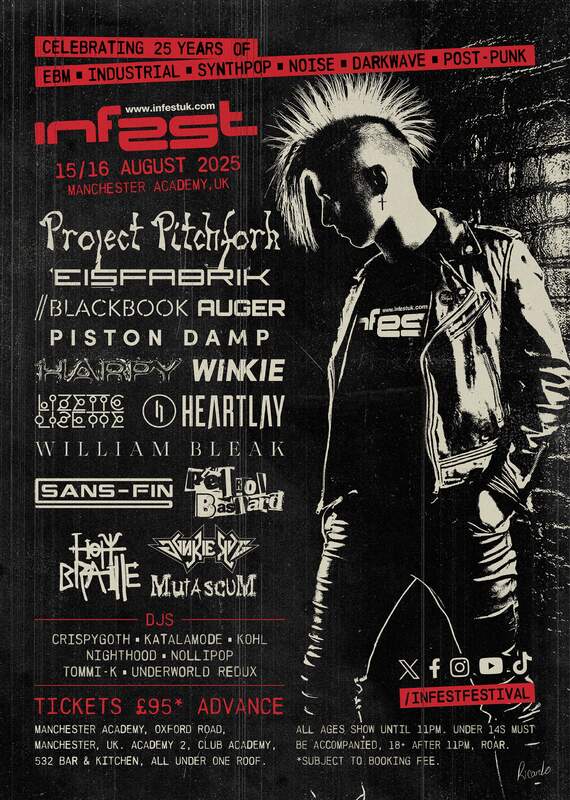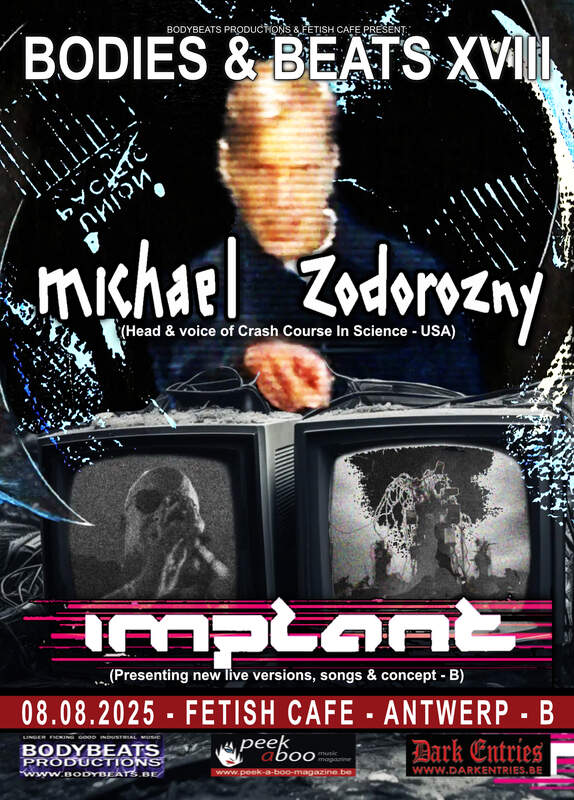The Swedish electronic musician Tobias Lilja has released music since 2003 on labels like n5MD and Nonresponse, and done remixes for artists like Hecq and Prefuse 73. ’Medicine Sings Triptych’ is a combination of three EP’s released in the beginning of 2015. The album will be available on August 31.
A few years ago, Tobias moved his studio out of his apartment and into a bigger soundproof space. This enabled him not only to be louder and experiment more with his voice, but also to incorporate a lot more hardware studio gear and acoustic percussion instruments in the recording process. The result of this studio work is the Medicine Sings Triptych.
While the foundations are still firmly rooted in electronic music, Tobias has also explored vintage reverb technologies, such as spring reverbs and tape delays, giving the songs a more organic and tactile sound. The majority of the synth phrases and filter sweeps have been jammed out live in the studio on hardware synthesizers. This approach, in combination with the use of acoustic percussion elements, has given the whole work a very direct and immediate feeling.
Where “Delirium Portraits” had an almost pop-flavored lightness to some of the songs, this triptych presents the listener with a new weight and resonance. The sounds are more organic, and also more challenging. Repetitive and slow progressions connect firmly with a minimalist tradition, but rather than reaching for the abstract and etheric, these soundscapes are grounded in an industrial, and at times almost ethnic, sound. The musical landscape is reminiscent of ancient shamanic rituals, but with a definite industrial flare. The repetitive and hypnotic rhythms carry the songs and merge with exquisitely chosen and elaborate sounds that demand the listener’s attention.
Repetitive and slow progressions connect firmly with a minimalist tradition, but rather than reaching for the abstract and etheric, these soundscapes are grounded in an industrial, and at times almost ethnic, sound. The musical landscape is reminiscent of ancient shamanic rituals, but with a definite industrial flare.
Vocally there’s also more experimentation than on previous releases. The work with various effects on the voice is familiar, but here the vocal compass has been extended further and now spans from whispers to screams. The voice is used as part of the instrumentation, often through several layers and pitches, and at times the vocals are more like chants than actual singing. Sometimes tugging at your soul and hinting at your deepest fears, but also soothing you with softness and warmth.
Lyrically Tobias has taken a step away from the storytelling approach on Delirium Portraits, and ventured towards a more elusively poetic approach that mirrors the the depth of the soundscapes. The words merge with the sound and the lyrics merge with your own internal images. The storytelling has given way to the journey and an invitation to explore the inner landscapes. Already in the very first song, we are told to leave it all to medicine, and this is medicine for the soul.
